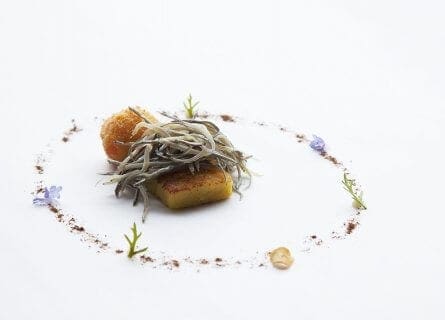
Cellar Tours Selection of Best Restaurants in La Rioja
August 22, 2017
Explore the best restaurants in La Rioja Wine Country, known for its exquisite culinary experiences. Discover the top dining options in this beautiful region.
By: Nicole Indovino / Last updated: January 29, 2025
La Rioja, with its diverse soils nestled along the Ebro River in Spain and protected by the picturesque Cantabrian Mountains, is an optimal area for producing wine. It is Spain’s most historic wine region, renowned for its ageable red wines. Rioja’s classification system, created to protect the quality and govern the wine, provides a framework for understanding the wines’ terroir, aging requirements, and flavor profiles. So let’s dive more into how this system came to be and how it impacts the Rioja of past, present, and future.
Discover More About Spanish Wine
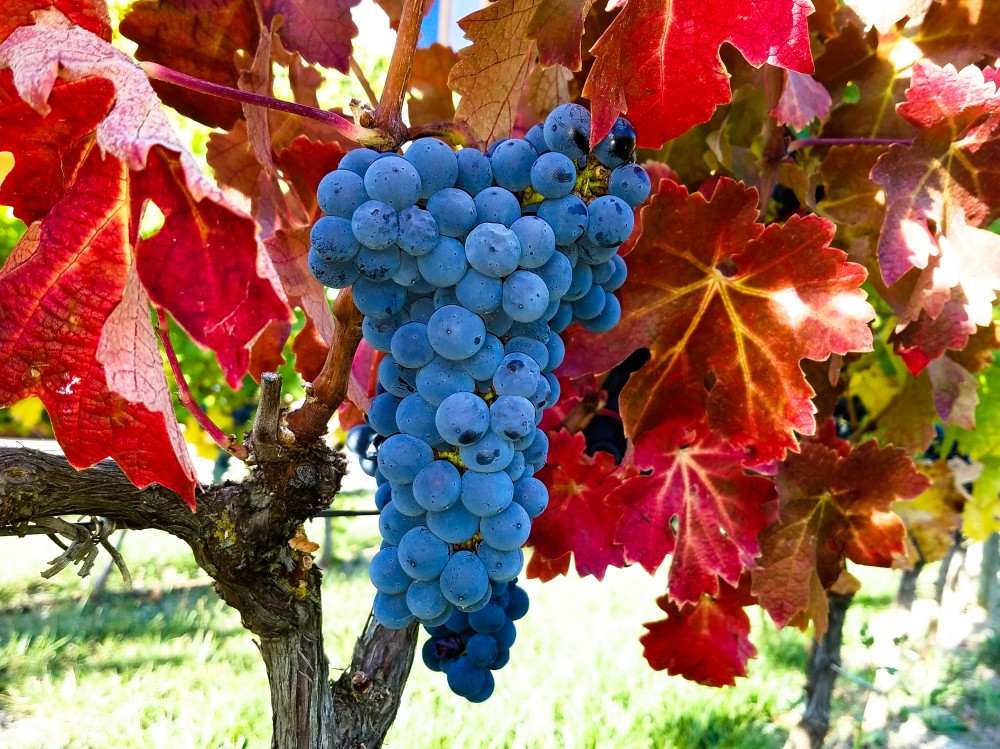
Rioja officially formed a Consejo Regulador (regulating council) in 1926, although its history of organizing as a wine region dates much further back. Starting in 1560, the winemakers of Logroño selected a symbol to represent the quality of their wines. In 1650, authorities drafted the first written document to protect the quality of wine in the region. Fast forwarding to 1926, the creation of the Consejo Regulador aimed to limit the zones of wine production and control the use of the name “Rioja,” ensuring that the wines produced in the region were of good quality. In 1970, the region officially gained the status of a denominación de origen, and in 1991, Rioja earned the distinction of becoming Spain’s first wine region to receive the “Calificada” (Qualified) title, thus becoming a denominación de origen calificada (DOCa).
Tempranillo forms the base of most of the red wines from this region. It is an early-ripening grape with dominant aromas and flavors of red fruits that age into savory expressions of leather, tobacco, and spice. However Rioja is not just Tempranillo. Garnacha and Graciano varieties are also blended into the wines and play an important role in adding juiciness, body, and acidity. Additionally, growers in the region cultivate many other grape varieties, including white grapes like Chardonnay and Viura.
The Rioja classification system is primarily based on each wine’s aging requirements, which shapes flavor profiles, price points, and more. The wines are classified into four main categories: Generic, Crianza, Reserva, and Gran Reserva.
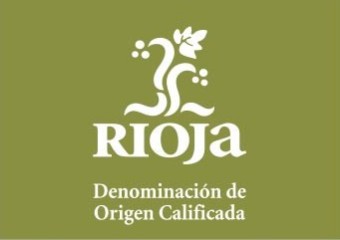
Generic Riojas do not have any aging requirements. They are young, red wines found in their first or second year, and generally speaking, the grapes do not come from the region’s finest vineyards. While these wines do not have as much structure or nuanced oak aromas as other Riojas, they are easy to drink and express bright, fresh fruit flavors.
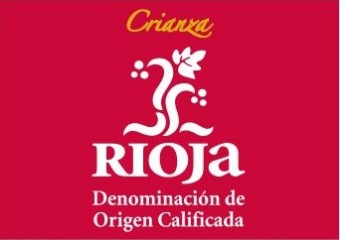
Crianza wines require a minimum of one year of oak aging and another year of aging in the bottle. Many wineries use ‘neutral oak,’ referring to previously used barrels for their Crianzas. You will still taste many bright fruit flavors paired with more structure than found in Generic Rioja.
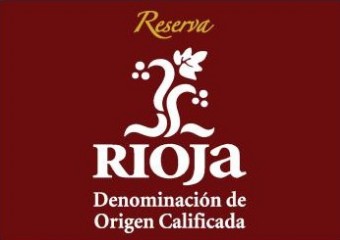
Reserva wines undergo aging for three years at the winery before release, with at least one of those years in oak barrels. Winemakers produce the wines using carefully selected grapes from quality vineyards, focusing on limited quantity production. Reservas express the essence of Rioja, the bright red fruit found in Crianza, but with a more serious structure, earthy notes, and silky texture from the careful vineyard selection and barrel aging.
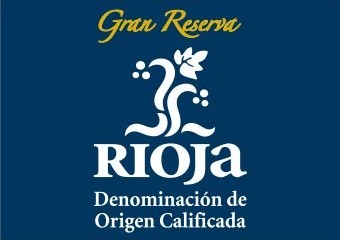
Only made during very exceptional vintages, Gran Reservas are the highest classification of Rioja wines and make up about 1-10% of production. At a minimum, the wineries age the wines for five years, spending two years in oak barrels and three years in bottles; however, many producers choose to extend the aging period in oak.
Aside from the red wines, there are similar requirements for aging this region’s white wines and rosés. However, they require less time in oak barrels. In 2017, the Consejo Regulador created a new category for sparkling wine called Gran Añada, which has similar requirements to Champagne, requiring the wines to age on the lees for 36 months.
Rioja wines are varied in profile as well as price point. Generic Riojas are the lowest-cost wines in the region, typically below 10$. Next up are the Crianzas at the accessible price point of 15$/bottle or less. Typically, the Reserva and Gran Reservas are priced at $20-30 and $30-150, respectively; the prices vary significantly depending on the vintage and the winery.
Rioja is excellent value when compared to other famed red winemaking regions, like Bordeaux, Barolo, or Burgundy. You can find an excellent Rioja Gran Reserva for 30$, whereas a Barolo Riserva or a similar quality bottle of Bordeaux will set you back twice as much, if not more. Additionally, you can find some of the top bottles in Rioja for $100-250, while the prices for Burgundy’s Grand Cru selection have become outrageous. Regarding food pairing, I love pairing Rioja wines with savory dishes such as mushroom risotto, lamb stew, ‘chuletas de Cordero’ (lamb chops), or intense cheeses.
The first thing that comes to mind when I think of Rioja and its specific winemaking techniques is barrel aging. As outlined in the requirements of the classifications above, the aging process for reserva and gran reserva wines, which spans 3-5 years on average, is significantly longer than that of other famous red wine-producing areas such as Napa Valley or Bordeaux.
Many people reference the traditionalist versus modernist approach when talking about Rioja winemaking. Traditionally, Riojan winemakers aged wine in used American Oak barrels for very long durations, even more so than in the present day. Due to the denser oak structure, American oak barrels impart a greater aroma in the wines, with sweeter notes like toasted coconut that many Spaniards associate with “Classic Rioja.”
However, the more modernist approach to Rioja winemaking is aging wine made from riper grapes for shorter periods in new French Oak barrels, which imparts more subtle aromas of vanilla and baking spices. Today, you will find producers across the region implementing a variety of winemaking techniques, both modern and traditional, to craft their wines.
While there are endless wines to try, let me introduce you to a selection of wineries and producers that truly embody the essence of Rioja. Wineries such as CVNE, Lopez de Heredia Viña Tondonia, Muga, and Marqués de Murrieta represent the more traditional side of Rioja and classic examples of Rioja Reserva. These wineries have a rich history of making wine in this area and have preserved the tradition of long barrel aging in American Oak. Some modernist examples include wineries like Roda and Contino.
And, of course, some stand-out producers have pushed the region forward, like Álvaro Palacios, who demonstrated Rioja Oriental has great terroir for Garnacha and inspired other winemakers to create smaller production, single vineyard wines.
The region, with its varying soils and climates, is divided into three zones from west to east: Rioja Alta, Rioja Alavesa, and Rioja Oriental (formerly Rioja Baja).
Discover more about the La Rioja Wine regions: Read more
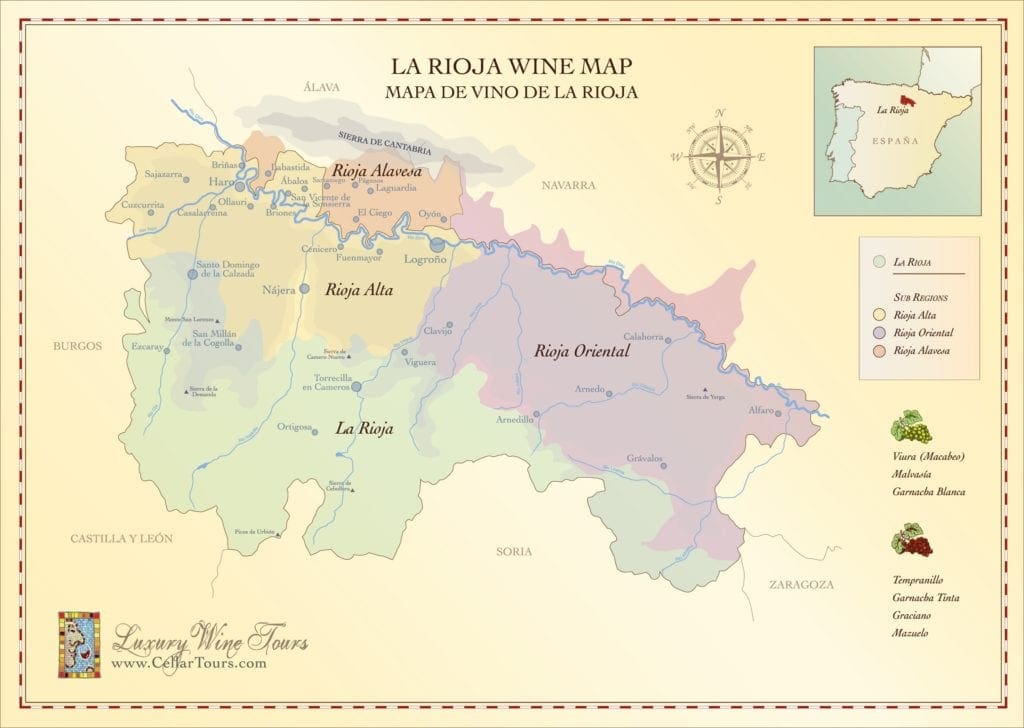
Rioja Alta occupies the most western zone with a mixture of rich clay-limestone and alluvial soils. This area produces wines with higher acidity and lower alcohol due to its fresher climate, which features more dramatic differences between daytime and nighttime temperatures.
Rioja Alta: Read more
To the north of Rioja Alta lies Rioja Alavesa, the smallest subzone of the three, with chalky clay soils, more moisture, and cooler temperatures than the other zones. The wines from this zone tend to be lighter-bodied with an elegant freshness.
Rioja Alavesa: Read more
Finally, in the Eastern part of the region, we have Rioja Oriental, the most arid and warm of the three subzones and comprised of mostly alluvial soil; the Rioja Oriental produces wines with more body and higher alcohol.
Rioja Oriental: Read more
In 2017, the Consejo Regulador modified the Rioja DOC legislation to modernize the region and increase traceability of the wines by adding three new regional categories: Vino de Zona, Vino de Municipio, and Viñedo Singular.
Must have 85% of their grapes from their zone (Alta, Alavesa, or Oriental), with 15% of grapes permitted from a neighboring zone. Vinos de Zona wines will now have a ‘VZ’ on the label indicating this distinction.
Zooming in even further, Vinos de Municipio requires wines to be made from grapes from the village or municipality indicated on the label. Currently, there are 144 municipalities in the greater Rioja region. These wines will have ‘VM’ on the label.
This category was created to highlight outstanding vineyards in the region. The wines are made solely from the fruit of just one singular vineyard, and this vineyard must have been established for a minimum of 35 years. On top of this, the fruit yields must be 20% lower than those of regular Rioja DOCa vineyards, and the grapes must be harvested manually.
The 2017 revision of the Rioja Classification System represented a significant shift. In many ways, it brought needed change to help modernize the region and allow winemakers more stylistic freedom. For example, it permits the production of rosados (rosé wine) in a lighter color and introduces the sparkling Gran Añada category.
However, the most significant change, introducing the option to label wines based on their specific region or vineyard, had a varied reaction. Rioja has been traditionally known as a region for blending wine, bringing together the freshness of Rioja Alavesa with the intensity of Rioja Oriental and the elegance of Rioja Alta. In an article with SevenFifty Daily, head sommelier at Mugartiz Guillermo Cruz explains, “The Rioja appellation needed to evolve and it has done so in recognizing the value of those single vineyards and Village wines, but it’s important to understand that this is just an alternative way of classifying wines and widening the space to let the producers evolve through different paths.” He mentions how deeply rooted the tradition of blending wine in Rioja is and that he doesn’t see it going away anytime soon.
In recent years, the region has experienced hotter summers and less year-round rainfall, impacting current vintages and leaving winemakers uncertain about what’s to come with climate change. With hotter temperatures during the growing season, the grapes gain sugar and lose their acidity faster than it takes for the skins to develop the optimal amount of tannin structure. For varieties like Tempranillo, which already have low acidity, this could become a future problem. Already, growers are implementing new pruning techniques to delay ripening, increasing their vineyards of Garnacha and Graciano, which provide more acidity when blended into the wine, and planting new vineyards in higher elevations that still have fresher temperatures.
With the growing concern for climate change and the environment as a whole, the region of Rioja is adopting many sustainable practices to minimize their impact. Every year, more and more wineries have switched to organic farming and winery practices that consume less energy. The Consejo Regulador has also implemented an expert council to improve the region’s sustainability efforts.
The Rioja Classification system has ensured quality, tradition, and incredible wines from this region for almost a century. It has also helped us wine drinkers understand the astonishing variety Rioja offers, from its bright Crianzas to the more serious, age-worthy Gran Reservas. Moving towards the future, we have also seen how this system is expanding and adapting to give winemakers more freedom and creativity, highlight excellent vineyards in the area, and adapt to a modernizing wine world. I foresee more regulation regarding climate change and sustainability, which will be crucial in maintaining Rioja’s reputation in the wine industry.
Sources:
If you would like us to customize an exclusive luxury tour, contact us and let us know your travel plans. We offer luxury food and wine tours for private groups of a minimum two guests. In addition, all of our private, chauffeured tours are available year-round upon request.

